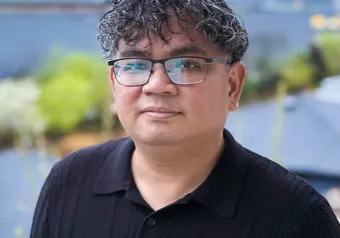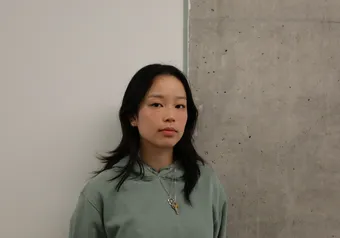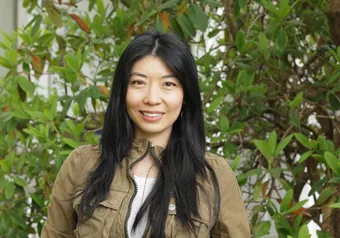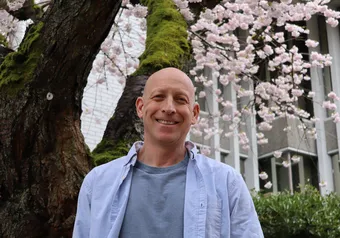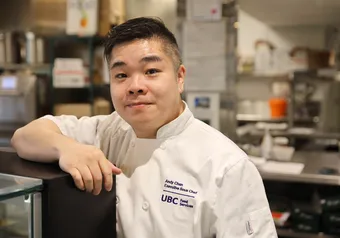Krisztina Laszlo, an archivist for UBC’s Rare Books and Special Collections (RBSC), has been collecting pieces of British Columbian history for the last three years. The RBSC — located on the first floor of Irving K. Barber Learning Centre — is home to centuries-old maps of British Columbia, personal correspondences from Charles Darwin and an illustrated interpretation of Alice in Wonderland from Salvador Dali, among tens of thousands of other treasures.
As the woman in charge of primary source documents, Laszlo works with the local community to organize original papers, archival records and first person accounts of BC history. The RBSC Library at UBC specializes in several different aspects of British Columbian history, including records from resource extraction industries from the 19th century, British Columbia arts and culture, politics and labour history, as well as Vancouver immigration and settlement records.
“People often just come to us,” she said. “I get emails randomly, saying, ‘I have this, would you be interested in it?’” When someone offers the RBSC an old letter or an archival record, the librarians will evaluate its suitability for the collection and decide whether it fills any gaps in the current records.
With all the different types of material that the RBSC houses, diversity and respect are very important aspects of the collection. “We try to be representative of all the different communities, people and cultures that have come to BC and built the province,” said Laszlo.
By working with other archivists in the community, Laszlo tries to bring in material that fits within specialized streams. If she receives an item that would be a better fit elsewhere, she might call another place, such as the City of Vancouver Archives or the Simon Fraser University Special Collections. “Maybe, even though [a piece of work] is really great, it would be better at one of those other institutions,” she noted.
Laszlo is currently working to expand the voices of women within the collection. She collects personal correspondences and diaries of women who wrote about historical events happening around them. These kinds of materials bring a different perspective to history that might otherwise have been lost.
When asked about some of her favourite artifacts, Laszlo laughed at the impossibility of choosing any one item. “There’s lots, it’s so hard,” she said. “It depends on the day. There are so many new and interesting things coming in all the time.”
Among her top picks are an album of photographs of BC from the 1850s to 1950s, a collection of counter-culture newspapers from the Vietnam War era, and records from a reclusive Christian mystic who withdrew to Port Moody and published books about spirituality and feminism. Recently, Laszlo has been working with Dr. Katherine Sirluck from the UBC English department to organize the records of Beverley Rosen Simmons, an avant-garde Canadian writer and playwright.
While Laszlo loves collecting and organizing pieces of British Columbia history, her main job is to provide faculty and students at UBC access to these records for research and learning. By collecting from a wide range of primary source documents, Laszlo helps faculty and students approach history from several different perspectives. For example, first person accounts from both loggers and protestors of the BC forestry industry help show opposing sides of the fight for sustainable logging.
While there are a few classes that regularly tour the archives, any student can come in for personal research and snoop through the records. Laszlo works with Chelsea Shriver, the Rare Books and Special Collections librarian, to get students interested and engaged with the library. Recently, the RBSC has launched a “Go Somewhere Unexpected” poster campaign to get students interested in all the treasures in the collection.
“I think it's part of the academic engagement, that if you're going to be a robust university you need to be able to provide for your university population,” Laszlo said. “To have vibrant and interesting and full collections, archival materials and primary source materials, it just helps create an environment to ask questions, and to find some answers.”
First online
Share this article



